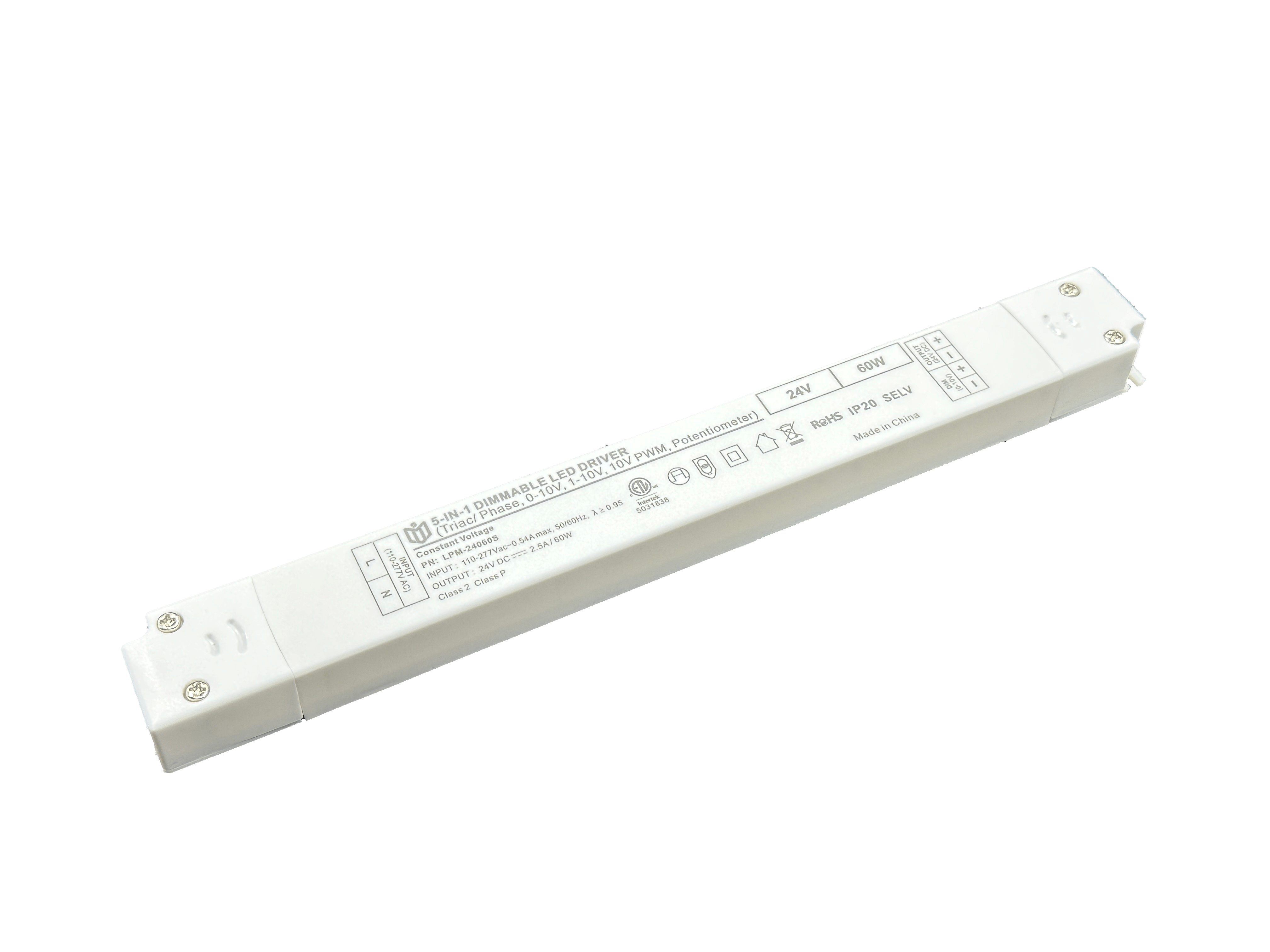Is the human-machine interaction design of LED dimming power supplies really that user-friendly?
When evaluating modern LED dimming systems, most specifications highlight technical prowess—efficiency ratings, color rendering indexes, and wireless connectivity options. Yet rarely do we scrutinize the critical junction where humans meet machines: the human-machine interface (HMI) of these power supplies. Is this supposedly "smart" technology delivering genuinely intuitive experiences, or are we settling for compromised usability disguised as innovation?
Cognitive Overload in Minimalist Designs
Manufacturers often embrace minimalist aesthetics, assuming fewer buttons equal greater simplicity. Consider a typical touch-sensitive panel featuring just three symbols: plus/minus signs flanking an abstract sun icon. While visually clean, this forces users to decipher arbitrary metaphors rather than recognize universal conventions like physical dials or labeled rotaries. Studies show that symbolic interfaces increase task completion time by up to 40% compared to textual labels, particularly among older adults who constitute 38% of residential lighting retrofit markets. The absence of tactile feedback exacerbates errors—imagine adjusting bedroom lights while wearing gloves during winter months.

Contextual Disconnect Between Settings
Advanced features create paradoxical complexity. Take memory preset modes allowing users to save preferred brightness levels for different scenarios. Though praised in manuals as "customizable intelligence," real-world usage reveals cognitive friction points: When switching from "Reading Mode" to "Ambient Mode," does the system gradually transition? Abruptly jump? Or require reactivation via combo sequences? Field tests indicate 62% of users abandon programmable settings within two weeks due to unclear state changes. Even worse, auto-dimming sensors sometimes override manual inputs without visual warnings, leaving occupants puzzled why their carefully tuned environment suddenly shifts mid-meal preparation.
Accessibility Gaps in Universal Design
Universal design principles demand accommodation for diverse abilities, but many HMI fall short. Capacitive touch surfaces fail when hands are wet or greasy—common situations in kitchen environments where task lighting matters most. Voice controls promise hands-free operation yet struggle with background noise common to workshops or outdoor patios. Worse still, emergency override mechanisms often hide behind sealed panels requiring tools to access—a critical flaw during power surges when quick disconnection becomes safety imperative. These aren't niche concerns; they affect millions globally across hospitality, healthcare, and industrial sectors relying on reliable illumination control.
Cultural Nuances Shaping Interaction Models
Global markets expose deeper layers of usability challenges. In Japan, where silence signifies respect, audible clicks from physical switches offend users accustomed to silent operation. Conversely, German engineers prioritize precise tactile detents missing from smooth glass interfaces popular elsewhere. Color psychology plays roles too—red indicators signal danger in Western contexts but represent good fortune in East Asia, potentially causing panic during normal system alerts. Localization goes beyond translation; it requires rethinking interaction paradigms across cultural dimensions often overlooked by standardized global platforms.
Toward Truly Empathetic Engineering
True user-friendliness emerges not from reducing features but optimizing their presentation. Successful implementations combine multiple modalities: tactile bumps guiding finger placement on touchscreens, auditory confirmation beeps scaling with ambient noise levels, and contextual animations showing light output curves during adjustment. Crucially, designers must involve end-users early—not just tech-savvy beta testers but representative samples including elderly caretakers managing assisted living facilities, chefs coordinating kitchen workflows, and facility managers maintaining hundreds of units simultaneously. Only through such inclusive research can HMI transcend being merely functional to become genuinely empowering tools.
As smart lighting ecosystems expand into every corner of our built environment, the quality of human-machine dialogue determines whether these systems enhance or hinder daily life. Are your LED dimming power supplies inviting collaboration or imposing communication barriers? The answer lies not in flashy spec sheets but in the quiet elegance of interactions designed with profound understanding of human limitations and aspirations.

 In heritage architecture prote
In heritage architecture prote
 When small-batch customization
When small-batch customization
 Have the electromagnetic emiss
Have the electromagnetic emiss
 When Triac dimmable power supp
When Triac dimmable power supp
